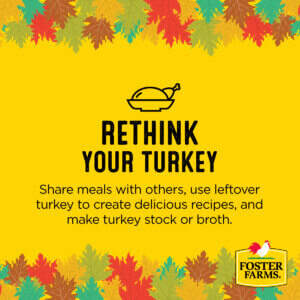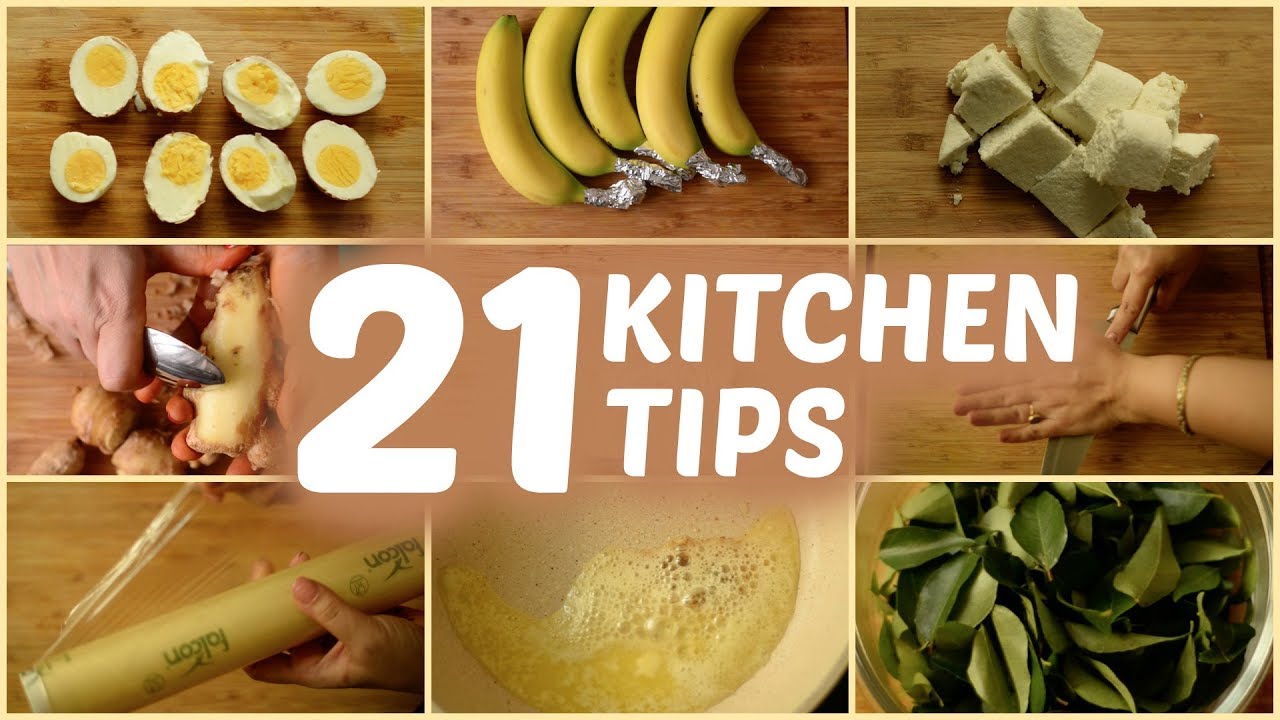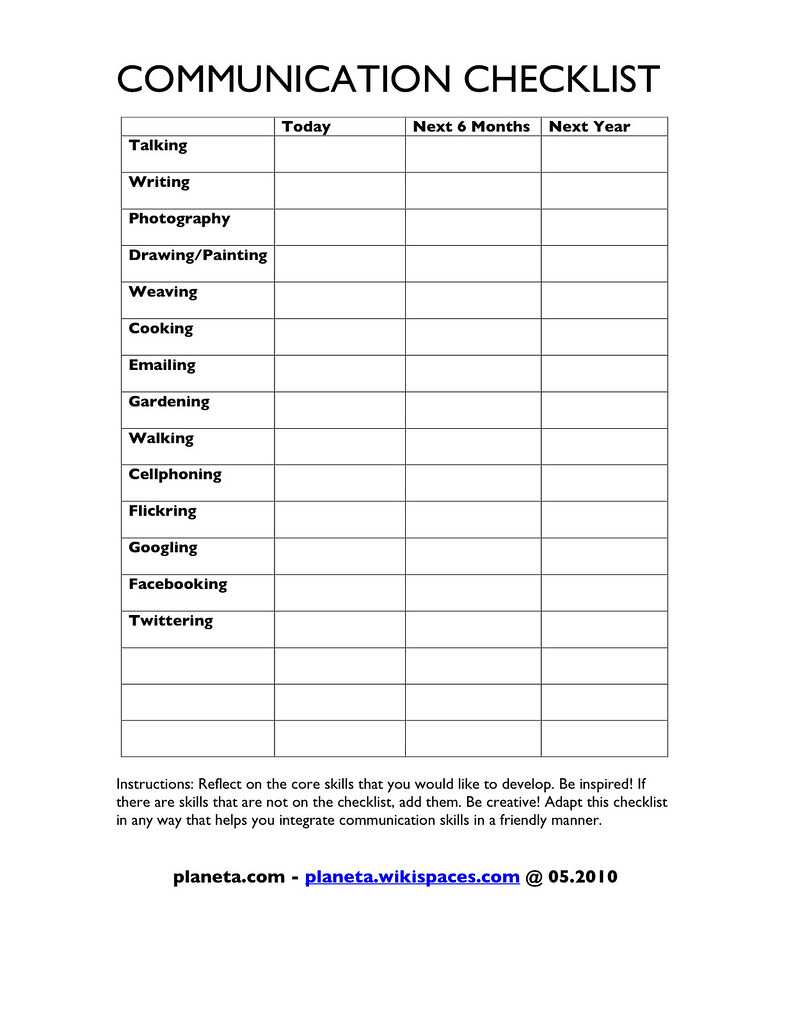
You should be following these grilling tips: Do not flatten or squash meats; Oil the grate. Prevent flare-ups. These are the top mistakes when grilling meats. These tips will ensure your meats are perfectly cooked every time. You can also use these tips to cook appetizers while the main course is cooking. You can read more about these tips by clicking here
Avoid flattening and squishing meats
You may have heard that meat should be slightly chilled in order for it to become squishy. However, this is not the truth. Squishy hamburgers don't actually remove moisture. Instead, they increase both flavor and surface area. A meat mallet is a better alternative to pressing meat flat with your fingers. It flattens meat and breaks up fibers and connective tissue.
Avoid flare-ups
You can avoid flare-ups by avoiding too much fat in your food before it is grilled. Foods with too much fat may burn more quickly, and you might end up having to reduce cooking time. A clean grill can help avoid flare-ups. Flare-ups can be avoided by using a wire brush to clean the grill grates.
One method to prevent flare-ups is to use lean meat, or trim excess fat from the meat before you start grilling. You can also use a food thermometer for determining when the meat has been cooked. You can prepare the meat before it is cooked by using the microwave or the microwave. You should prepare a whole chicken ahead of time so that you can plan how much meat you want to grill.

Oil the grates on your grill
While cooking, a well-oiled grill grate will last months, if not years. Oil prevents food from sticking to grates which can lead to flare-ups. Oil will also protect your grill from rust. Here are a few simple ways to oil your grill grate:
To remove any flavors that have developed over time, clean your grill grate. This will allow you to evenly apply seasoning and ensure that it lasts longer. Next, coat your grate with high-heat cooking oil. Coconut oil, peanut oil, and canola oil are all good options. Spray-cans for vegetable oil work well too. Let the oil drip onto your grate for 20-30 mins, until it turns golden brown.
Cooking with leftovers is not a good idea.
You are probably aware of carryover cooking. This is when heat moves from one part to the next. This problem can affect food as well as non-food items such hot rocks. You can avoid this by allowing the food cool down before you place it back on the grill. The problem can't be avoided completely. These tips will help you avoid it if you don't know what to do.
Resting your meat properly is the best way to avoid carryover cooking while grilling. After the meat is removed from the barbecue, its temperature will increase. This means that it will need to be restrained for 5-15 minutes. Resting the meat will allow the juices to redistribute. The longer the resting time, the better. Longer rest periods are better for larger meat pieces. For each dish, however, these steps will need to be followed.

FAQ
How Do I Learn About Cooking?
There are numerous cooking classes offered across the country. Many schools offer classes in baking, pastry, wine tasting, and more. If you're interested in learning more about baking, you can either enroll at a community college or vocational school. Or you can attend a private class.
What are some of the benefits of using slow cookers?
Slow cookers are useful because they can make delicious meals in a fraction of the time. Slow Cooker Recipes are often healthier than traditional recipes because they require less oil and fat. Also, slow cooker recipes are easy to use because they do all the work while you sleep.
Can I learn how to cook together with my children?
Yes! Kids love to help in the kitchen. It's a fun activity that teaches them responsibility and teamwork. The whole process can be done by children, including washing and chopping vegetables. You will have your children enjoy helping you cook as long as they follow safe procedures when using knives.
Are there any requirements to become a chef?
No. No. Many chefs began their careers learning by themselves. Some even went on to culinary school to gain work experience. But most chefs prefer culinary school as it offers them more opportunities for learning and growth. Culinary schools provide hands-on training that helps students develop valuable skills and enhance their culinary knowledge.
Statistics
- under 10 Kids have been taught that there is special food just for them, and Fiese says that 10 percent of kids will throw a tantrum if they don't get the food they want. (washingtonpost.com)
- The median pay for a chef or head cook is $53,380 per year or $25.66/hour, according to the U.S. Bureau of Labor Statistics (BLS). (learnhowtobecome.org)
- You'll be amazed that over 90% of CIA students receive scholarships and grants to finish their culinary studies. (ischoolconnect.com)
External Links
How To
How to make the perfect omelet
Omelets have always been a favourite food to eat for breakfast. But how do they turn out so perfectly? I've tried many different methods and recipes, but none of them seem to work! So I am sharing some tips and tricks today to help you make fluffy, delicious omelets every morning.
Before we start making omelets, let's remember that eggs are temperamental. It is important that eggs are fresh from an organic market and kept cool until used. They must be kept cool, otherwise the whites will not form properly and the yolks may become runny. Your omelets will look strangely colored if this happens. If you want to make omelets right away, it's best not to use eggs that are too cold.
Another tip is to separate the egg before adding it to the pan. You don't want the white to get mixed with the yolk, as this could cause the egg to curdle.
You might burn the bottom of the egg if you place the egg directly on the stovetop. This could ruin the texture of your omelet. Instead, put the egg in the microwave for 10 seconds before putting it into the pan. The heat from the microwave cooks the egg just enough without overcooking it.
Next, let's talk about mixing the eggs. Mix eggs well together. To do this, take the bowl from the mixer and flip it upside-down. Next, shake the bowl vigorously. The egg will be thoroughly mixed in the bowl as the air is whipped.
The fun part begins - you need to pour the milk into your mixture. The first step is to pour half of the milk in the beaten eggs. Next, fold the eggs into the remaining milk. Don't worry if there are still streaks of egg visible; these streaks will disappear once you flip the omelet.
After folding the eggs, place the pan on medium heat and wait for the oil to start sizzling. When the oil is hot enough, add 1/4 cup butter to the pan. Stir it around until the butter covers the entire pan. Next, carefully open the lid and sprinkle salt into your pan. The salt will help to prevent the omelet's sticking to the pan.
Cover the pan once you have formed the omelet. Wait for the top to set. Flip the omelet by using a spatula. Cook the other side for another minute or two. Remove the omelet from the pan and serve immediately.
This recipe works best with whole milk, but skimmed milk also works.